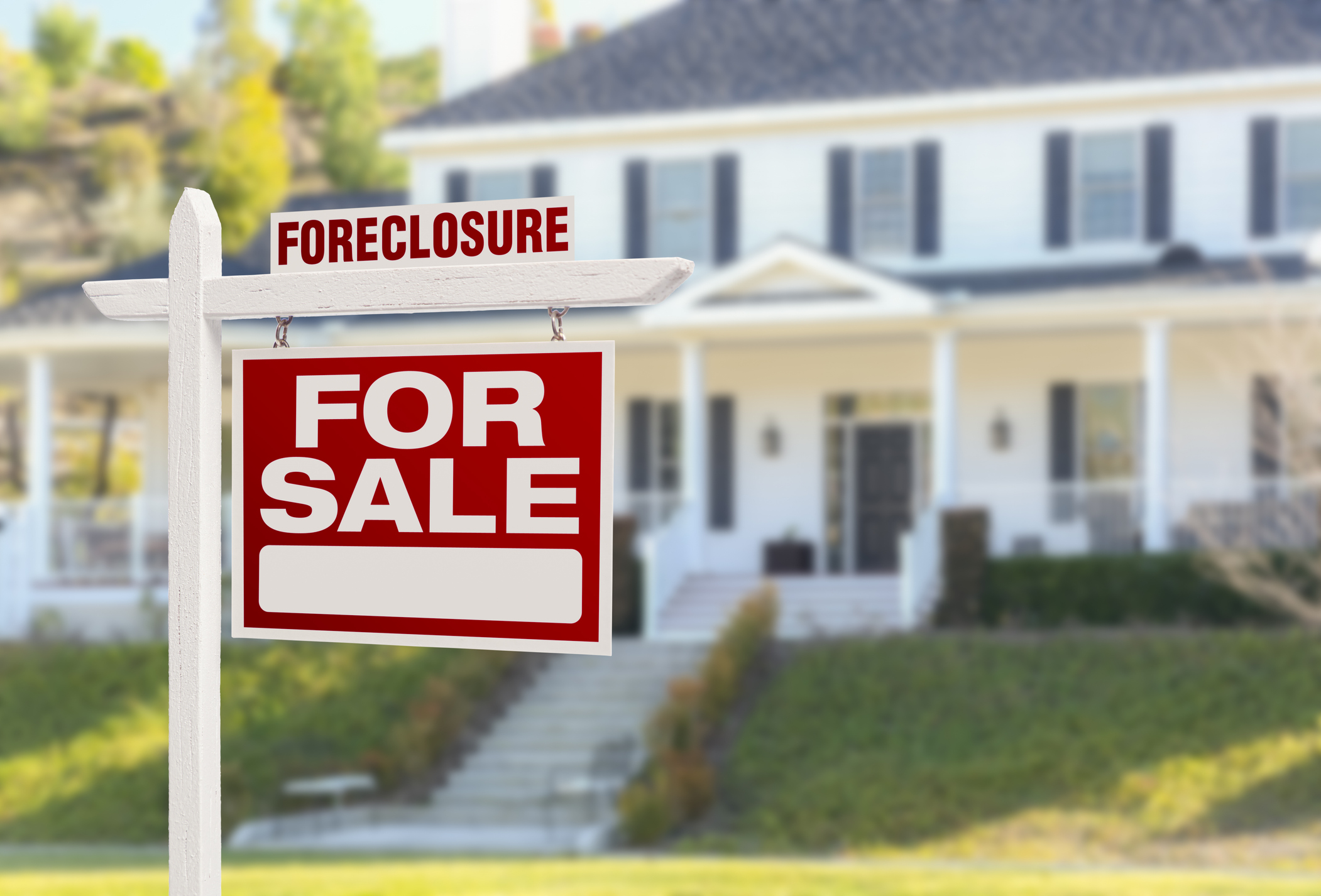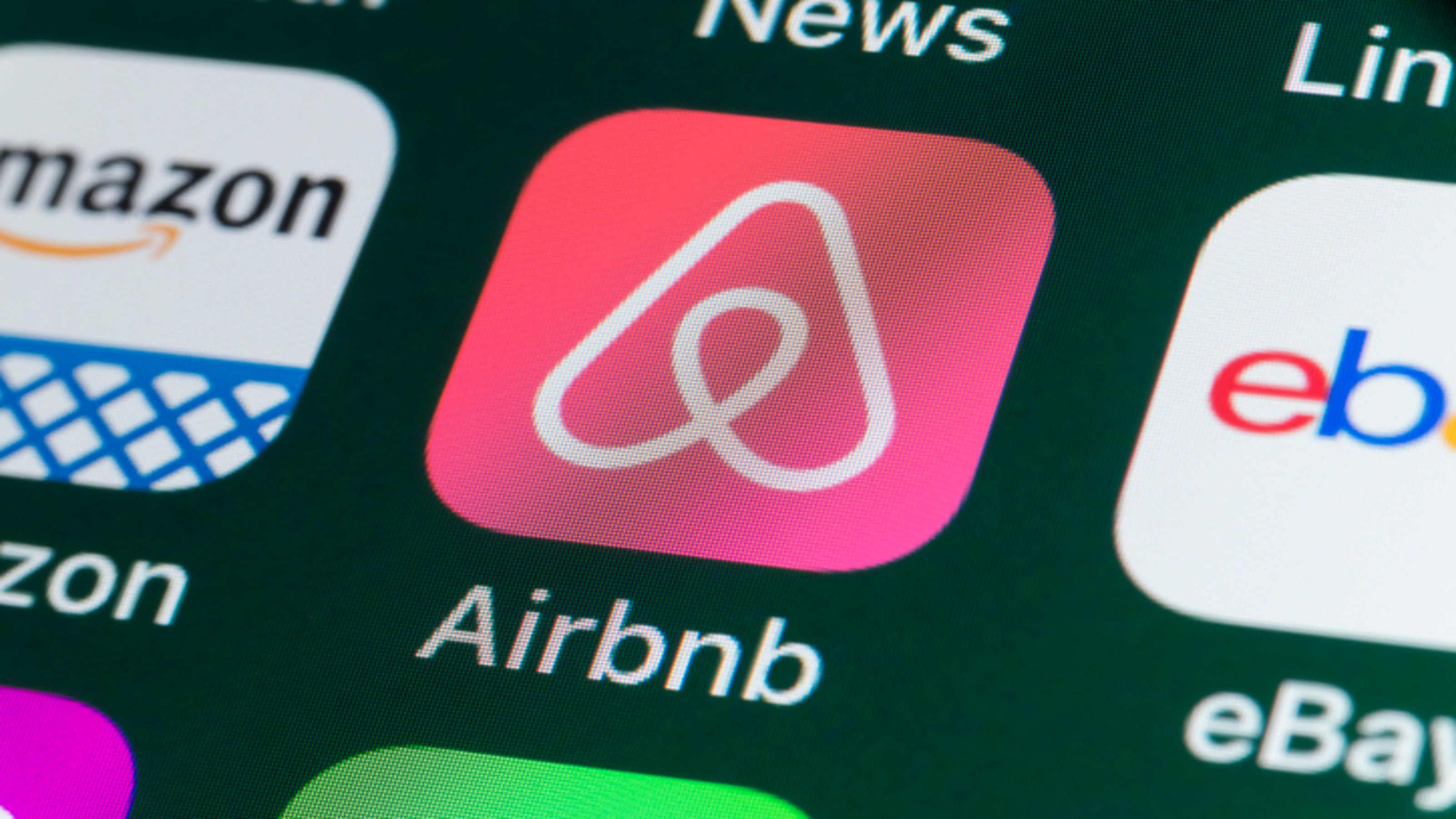New Rules for Light Bulbs Mean Lower Electric Bills
As federal energy provisions kick in, it means the end for inefficient light bulbs.

Chalk it up to progress, pollution control and energy security. In January, as more provisions of the Energy Independence and Security Act of 2007 kick in, Thomas Edison’s brilliant invention, the incandescent light bulb, will have to shape up or ship out. The old-style bulb is targeted for obsolescence because it converts just 10% of the electricity it uses into light and radiates the rest as heat.
Under the law, incandescents are not banned, nor are compact fluorescent (CFL) bulbs mandated as replacements. Manufacturers and wholesalers do have to meet new standards that are forcing them to improve the efficiency of incandescent bulbs or replace them with newer technologies.
The law phases in over the next two years, and the 100-watt bulb is the first victim. (California implemented the law a year ago.) The Department of Energy says that the average household that replaces 15 traditional incandescent bulbs will save $50 annually on its energy bill -- and the newer bulbs last longer.
From just $107.88 $24.99 for Kiplinger Personal Finance
Become a smarter, better informed investor. Subscribe from just $107.88 $24.99, plus get up to 4 Special Issues

Sign up for Kiplinger’s Free Newsletters
Profit and prosper with the best of expert advice on investing, taxes, retirement, personal finance and more - straight to your e-mail.
Profit and prosper with the best of expert advice - straight to your e-mail.
You have three main alternatives:
Halogen incandescents ($4 to $8 per bulb) offer energy savings of 25% and an expected life of up to three times longer than traditional incandescents -- plus a brightness level and light color comparable to that of traditional bulbs. Annual savings if you replace 15 60-watt incandescent bulbs: $19.50.
CFLs ($1.75 to $2, even after a spike in CFL prices after China restricted the supply of rare earth metals used in the bulbs) offer energy savings of 75% and last ten times longer than old-fashioned bulbs. Annual savings: $54.
Light-emitting diodes, or LEDs ($10 to $26), provide an average energy savings of 75% to 80% and last up to 25 times longer. Annual savings: $57. LEDs are pricey, but costs will drop as more products come to market.
Profit and prosper with the best of Kiplinger's advice on investing, taxes, retirement, personal finance and much more. Delivered daily. Enter your email in the box and click Sign Me Up.

-
 Introducing Your CD's Edgier Cousin: The Market-Linked CD
Introducing Your CD's Edgier Cousin: The Market-Linked CDTraditional CDs are a safe option for savers, but they don't always beat inflation. Should you try their counterparts, market-linked CDs, for better returns?
-
 'Humbug!' Say Consumers, Despite Hot GDP: Stock Market Today
'Humbug!' Say Consumers, Despite Hot GDP: Stock Market Today"The stock market is not the economy," they say, but both things are up. Yet one survey says people are still feeling down in the middle of this complex season.
-
 The SEC Is Concerned for Older Investors and Retirement Savers. Here's What You Should Know
The SEC Is Concerned for Older Investors and Retirement Savers. Here's What You Should KnowThe SEC focusing on older investors, retirement and college savers, and private securities. Here's how those changes impact you.
-
 9 Types of Insurance You Probably Don't Need
9 Types of Insurance You Probably Don't NeedFinancial Planning If you're paying for these types of insurance, you may be wasting your money. Here's what you need to know.
-
 Amazon Resale: Where Amazon Prime Returns Become Your Online Bargains
Amazon Resale: Where Amazon Prime Returns Become Your Online BargainsFeature Amazon Resale products may have some imperfections, but that often leads to wildly discounted prices.
-
 Roth IRA Contribution Limits for 2026
Roth IRA Contribution Limits for 2026Roth IRAs Roth IRAs allow you to save for retirement with after-tax dollars while you're working, and then withdraw those contributions and earnings tax-free when you retire. Here's a look at 2026 limits and income-based phaseouts.
-
 How to Search For Foreclosures Near You: Best Websites for Listings
How to Search For Foreclosures Near You: Best Websites for ListingsMaking Your Money Last Searching for a foreclosed home? These top-rated foreclosure websites — including free, paid and government options — can help you find listings near you.
-
 Luxury Home Prices Rise as the Rich Dodge High Mortgage Rates
Luxury Home Prices Rise as the Rich Dodge High Mortgage RatesLuxury home prices rose 9% to the highest third-quarter level on record, Redfin reports, growing nearly three times faster than non-luxury prices.
-
 Four Tips for Renting Out Your Home on Airbnb
Four Tips for Renting Out Your Home on Airbnbreal estate Here's what you should know before listing your home on Airbnb.
-
 Five Ways to a Cheap Last-Minute Vacation
Five Ways to a Cheap Last-Minute VacationTravel It is possible to pull off a cheap last-minute vacation. Here are some tips to make it happen.
-
 How Much Life Insurance Do You Need?
How Much Life Insurance Do You Need?insurance When assessing how much life insurance you need, take a systematic approach instead of relying on rules of thumb.